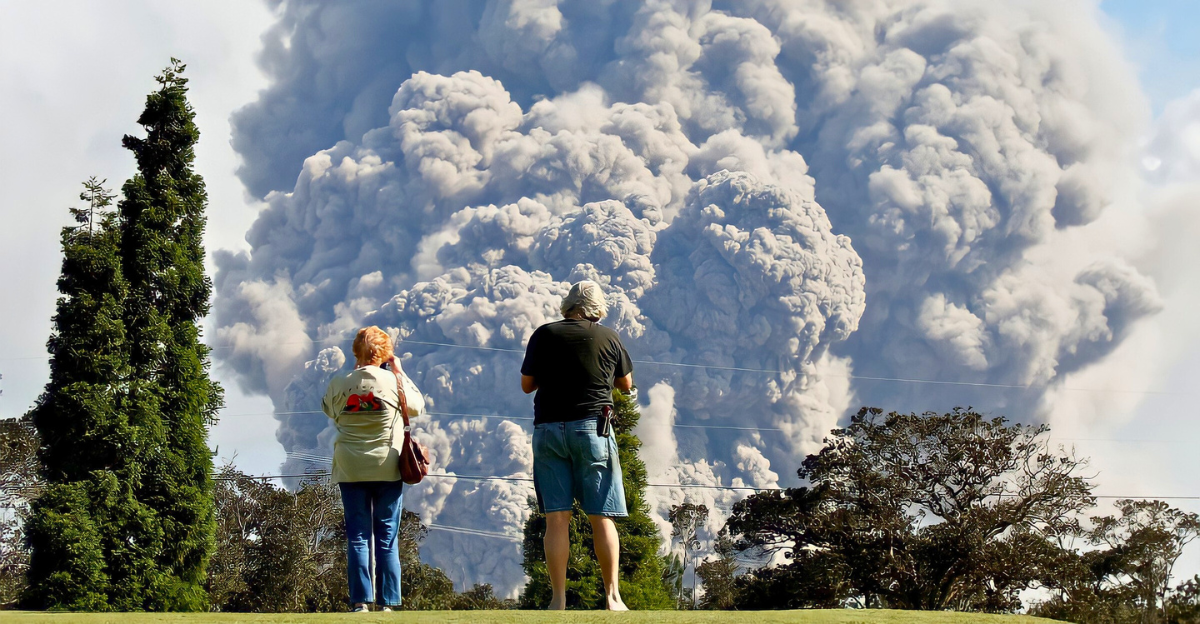
This summer, America’s volcanoes have captured national attention amid an unprecedented surge in seismic activity.
According to The U.S. Geological Survey (USGS), “more than 1,100 earthquakes were detected at Mount Rainier alone since July 8.”
Dr. Alexandra Iezzi, a USGS geophysicist, emphasized: “We’ve never logged anything like this swarm before.” Scientists across the country are watching closely for what comes next.
Four States on Edge
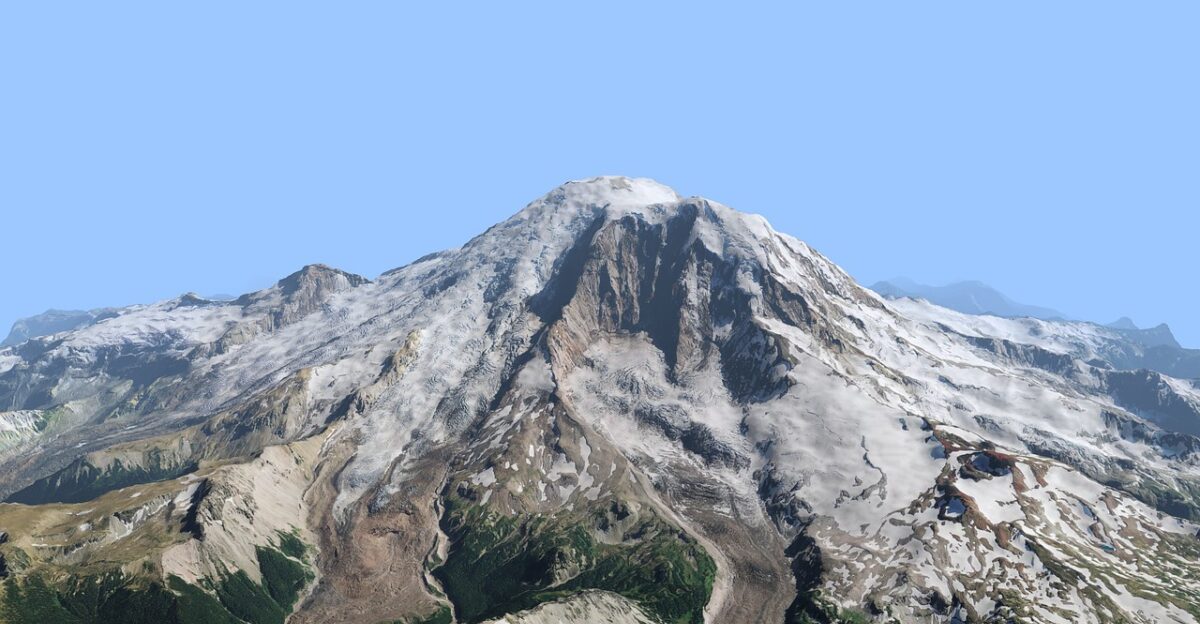
Mount Rainier’s record tremors coincided with heightened volcanic activity in at least four states: Washington, Alaska, Oregon, and Hawaii.
Researchers at Oregon State University confirm that the Axial Seamount off Oregon’s coast is “inflating like a balloon,” suggesting it’s preparing to erupt. Alaska and Hawaii each face their own alerts and increased monitoring efforts.
Mount Rainier’s History
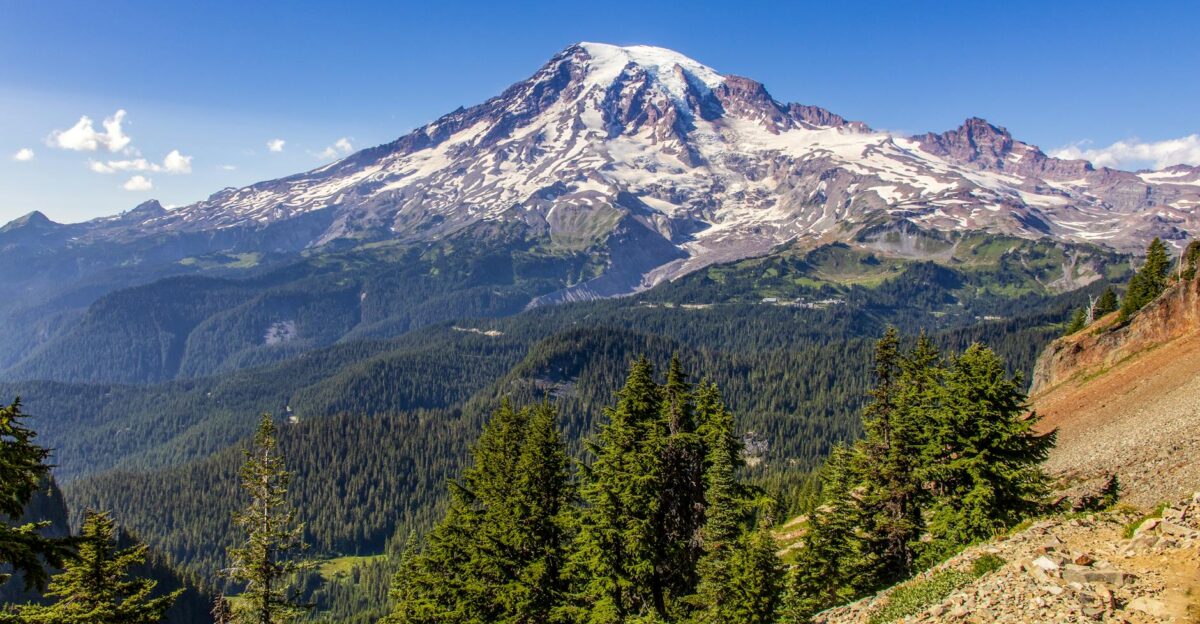
Mount Rainier, cloaked in glaciers and cloud, has rumbled quietly for centuries. Since networked seismic monitoring began in 2009, about ten earthquakes per month have been typical.
July 2025 shattered that norm, with over a thousand tremors in a matter of weeks, sparking worry even among seasoned experts.
Surging Pressures
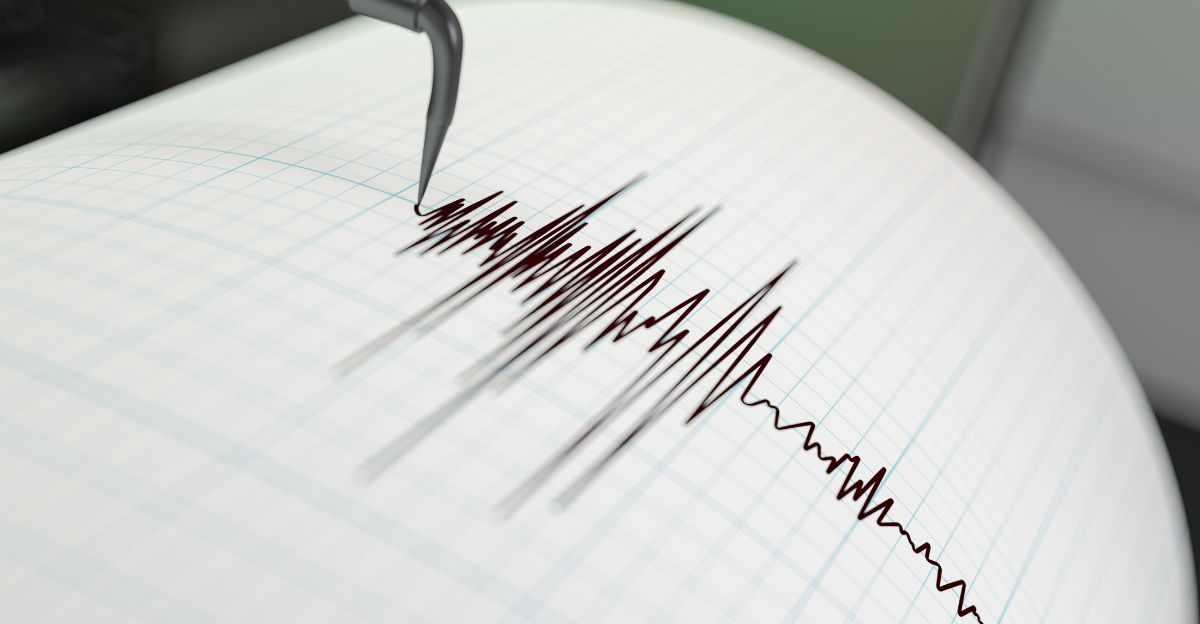
Experts attribute recent quake swarms to shifting underground fluids and geological stresses—not necessarily magma.
Dr. Harold Tobin, director of the Pacific Northwest Seismic Network, notes: “Everything about this swarm is consistent with typical hydrothermal activity.”
Yet, the sheer scale “blew the previous record out of the water,” making this event uniquely concerning to scientists.
“Nothing Like This on Record”
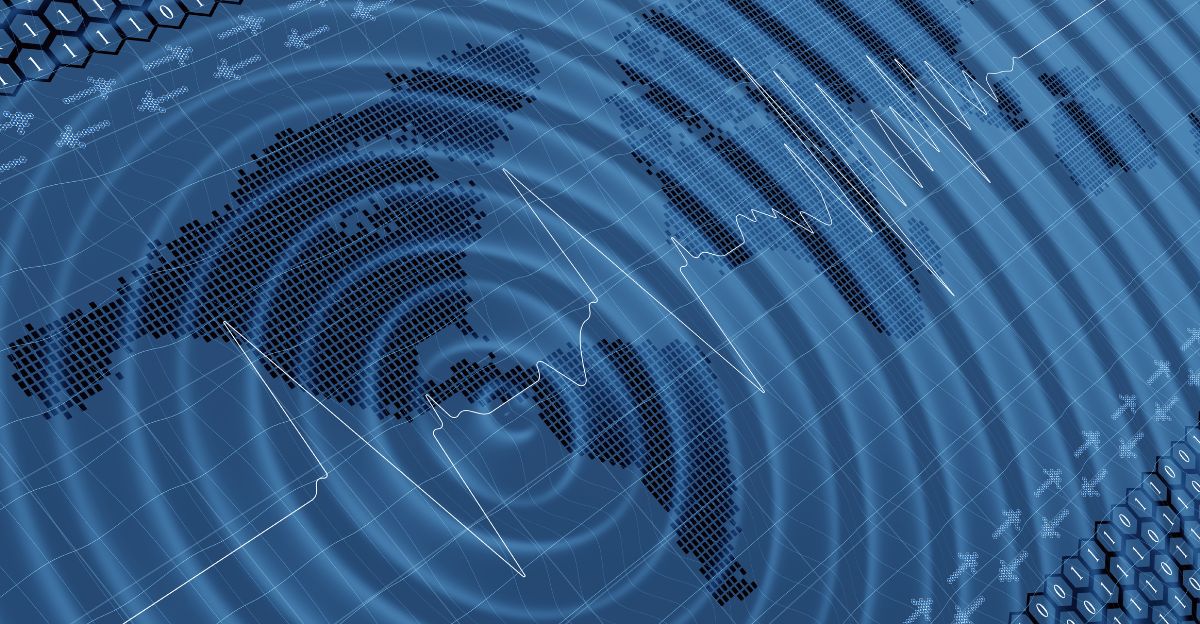
The main event unfolded on July 8, when over a thousand earthquakes clustered under Rainier, the largest and most energetic swarm ever monitored there.
“There’s nothing like this on record,” stated USGS’s Alexandra Iezzi. Despite the intensity, USGS maintains there are no signs an eruption is imminent.
Widespread Shaking
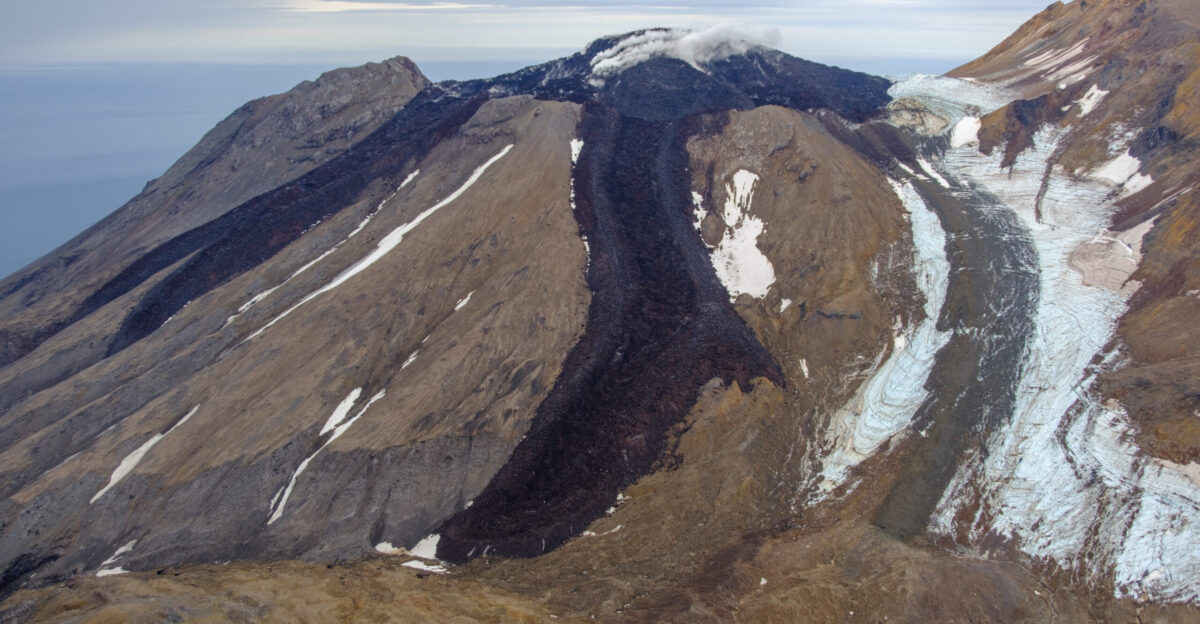
Alaska’s Great Sitkin volcano and Hawaii’s Kilauea also saw significant rumbling, with minor eruptions and persistent tremors raising concern along the Pacific “Ring of Fire.”
Oregon’s deep-sea Axial Seamount recorded more than 2,000 quakes in a single day. This simultaneous seismicity across four states is historically rare.
Strange, Low Rumbles
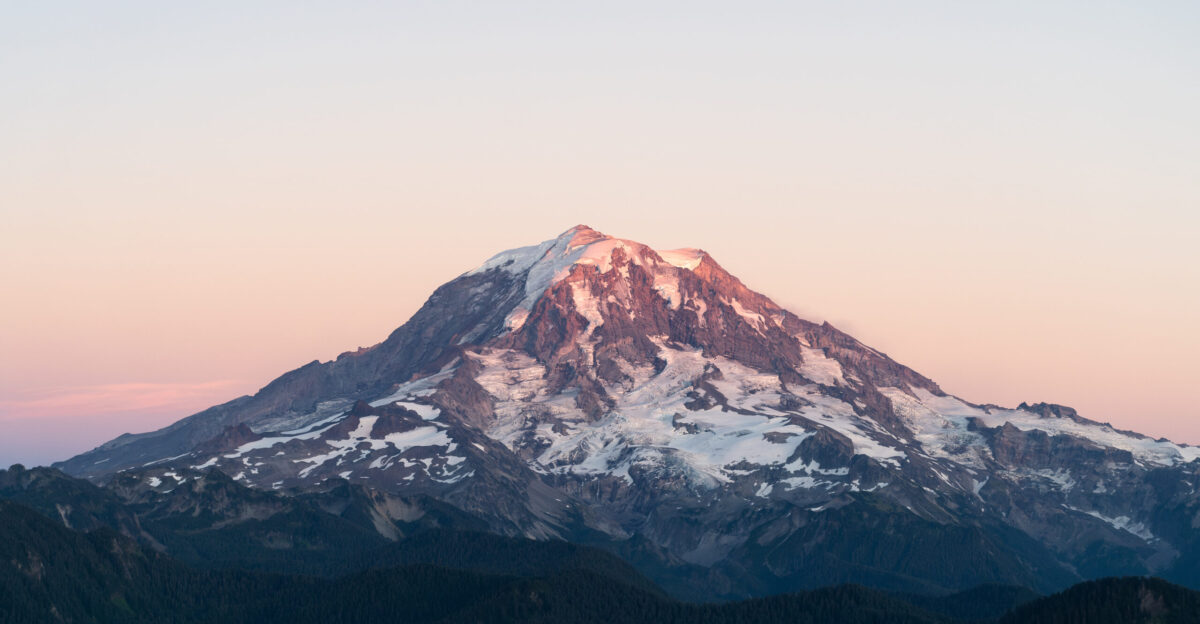
Local residents near Rainier reported hearing “strange, low rumbles” and feeling mild tremors, though few quakes were strong enough to be felt at the surface.
Park ranger Lisa Hernandez told reporters: “We’re answering a lot of questions from visitors, but there’s no evacuation order. We’re staying vigilant.”
Agency Response Sharpens
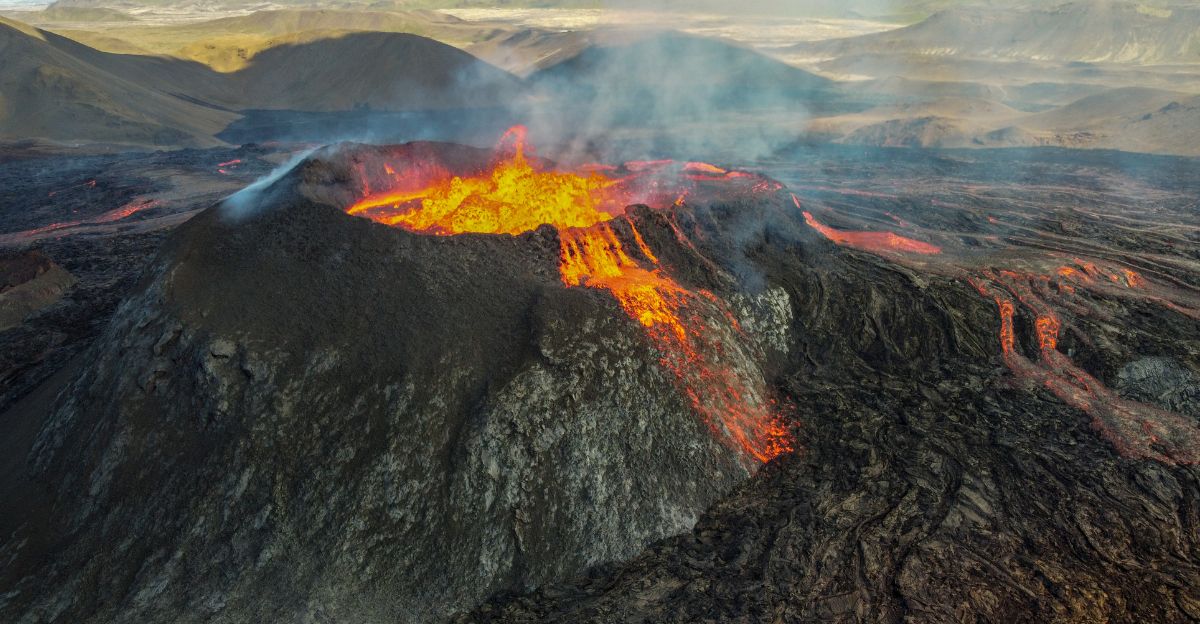
The USGS increased the frequency of seismic updates, upgrading its real-time data feeds and analysis. State emergency officials reviewed evacuation plans, while volcanologists like Dr. Tobin held public briefings to explain the science behind the unusual swarm. After-action assessments focused on maintaining public trust.
Volcanic Swarms in Context
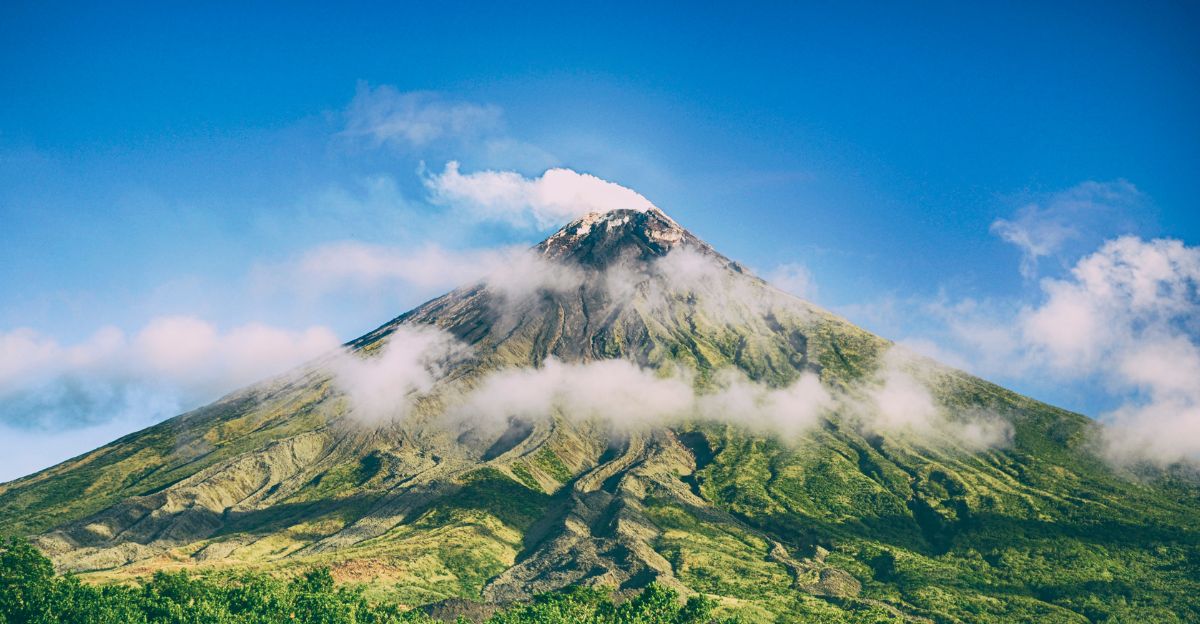
Volcanic earthquake swarms are not unprecedented but are rarely this widespread and intense. Experts stress most swarms resolve without an eruption, but their unpredictable timing complicates risk assessments.
“Rainier’s reputation as the Cascades’ most dangerous volcano adds gravity to even small events,” Axios reported.
Under the Surface
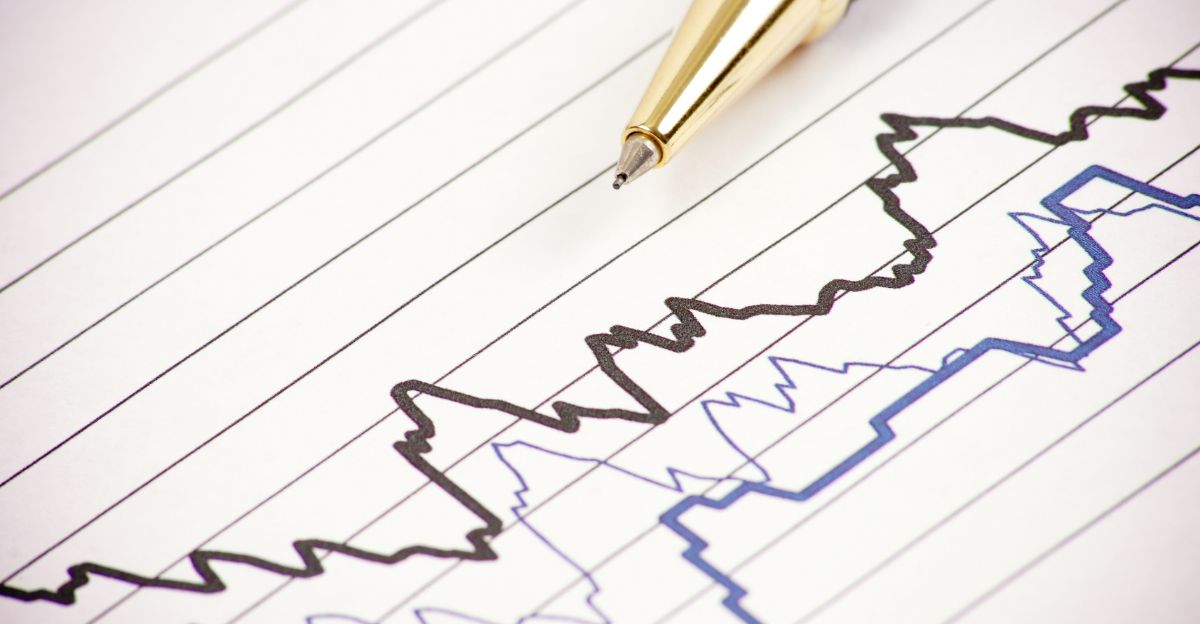
Seismologists concur there is no direct evidence of rising magma at Rainier. Instead, hydrothermal fluids—hot water and gas—are likely causing this quake storm.
“It’s extraordinary,” Iezzi said, “but these quakes are happening well beneath the surface.” All eyes remain on the volcano’s subsurface plumbing for further clues.
Frustration Grows
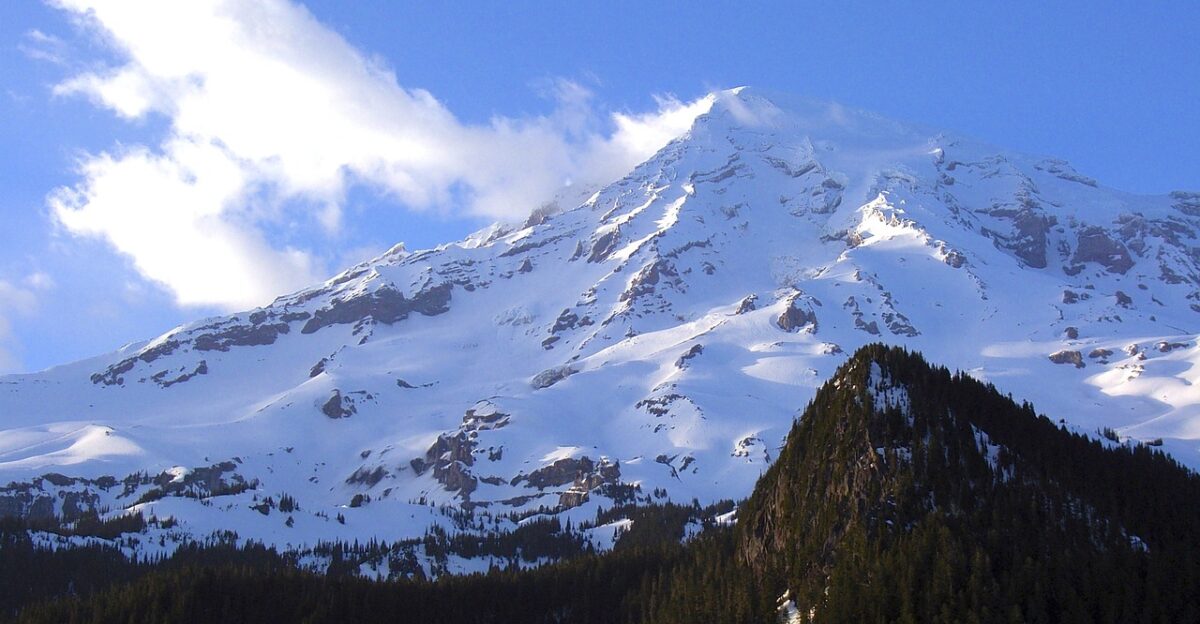
Frustration rippled through the region’s tourist-reliant businesses. “Visitors are canceling trips because of all the news,” lamented John Murray, a lodge owner near Rainier.
Emergency planners shared in the anxiety, striving to balance transparency, preparedness, and calm. The challenge: explain risk clearly with limited information.
Leadership Actions
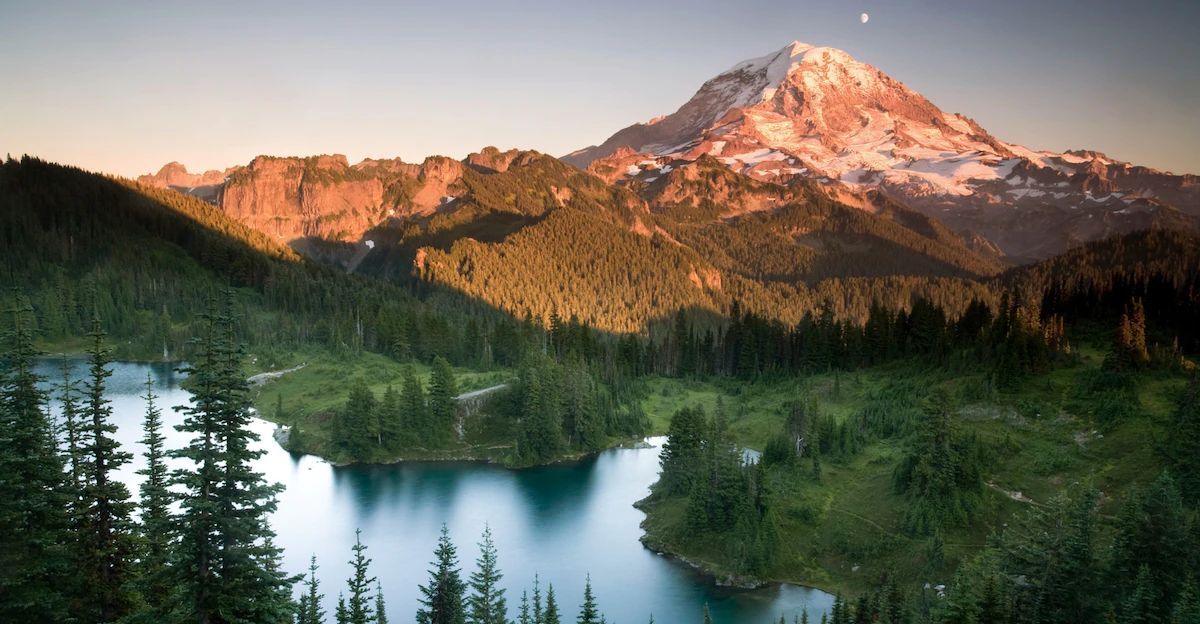
USGS leadership, led by Dr. Iezzi and Dr. Tobin, ramped up direct communication with local and national media. Governor’s offices in affected states initiated round-the-clock information hotlines, showcasing a robust, transparent public safety partnership. Updates emphasized science-led vigilance, not alarm.
Strategic Investments
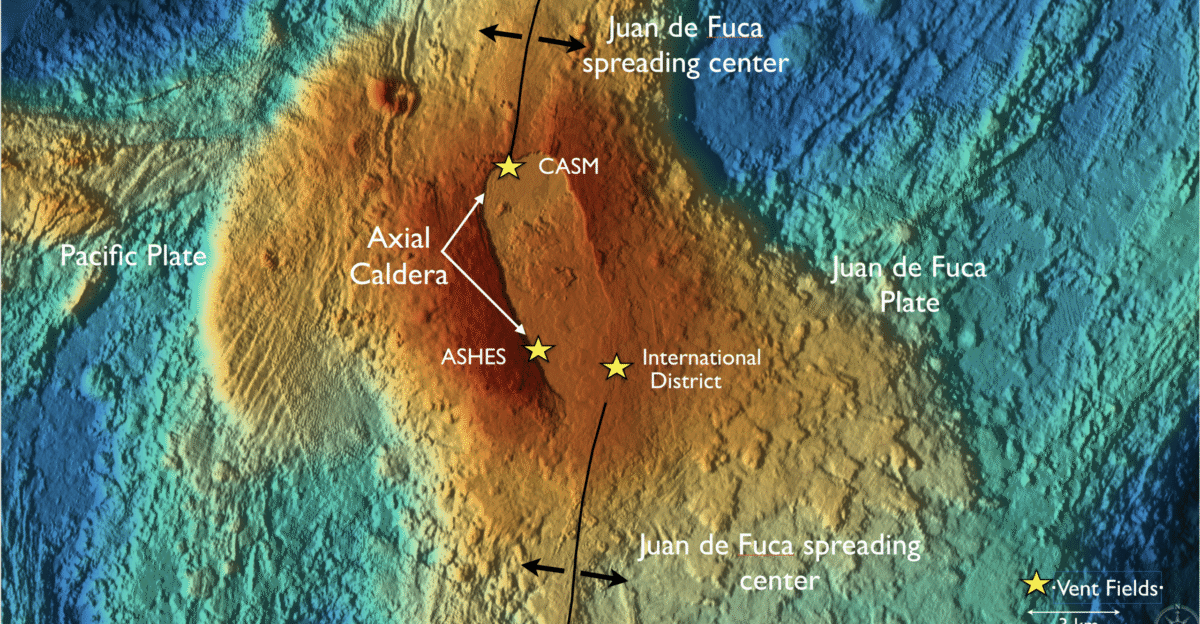
Additional seismic sensors were hastily installed around Rainier and Oregon’s Axial Seamount, boosting real-time detection networks.
Emergency services tested new communication systems. “This response will help us learn for the next event—whenever it comes,” said Dr. William Chadwick, Oregon State University.
Expert Outlook
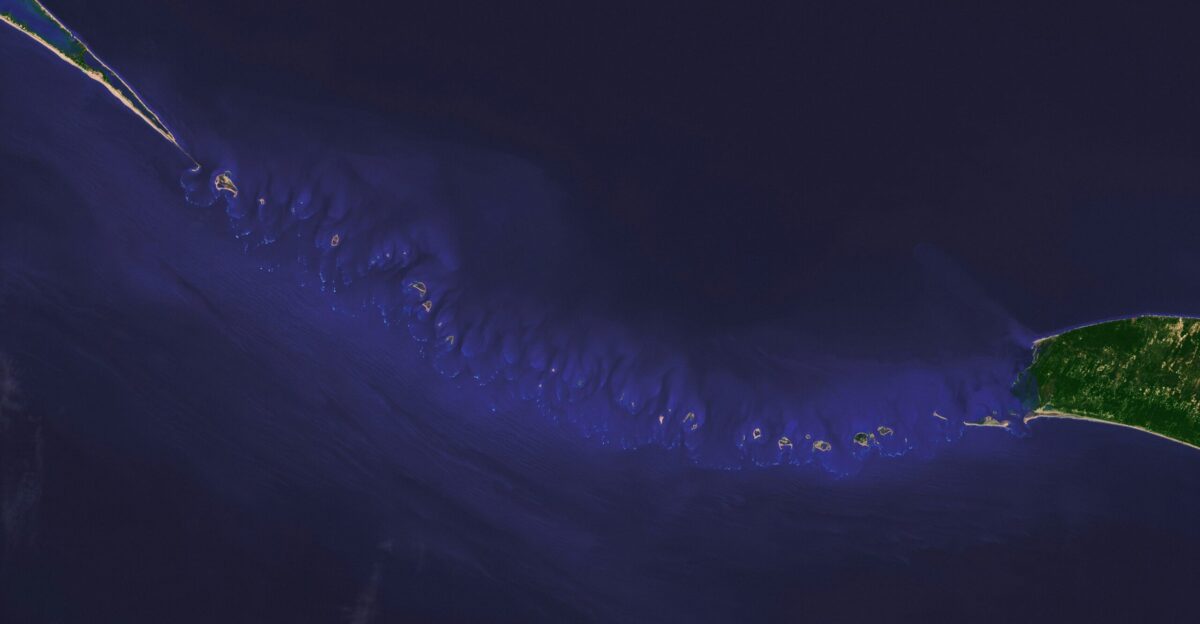
No evidence currently suggests a major eruption is imminent, experts assure. Still, the risk landscape for the Pacific Northwest has changed, with more constant vigilance required than before. “Rainier is an active system—this summer proves how little we know,” concluded Dr. Tobin.
A Glimpse of the Future
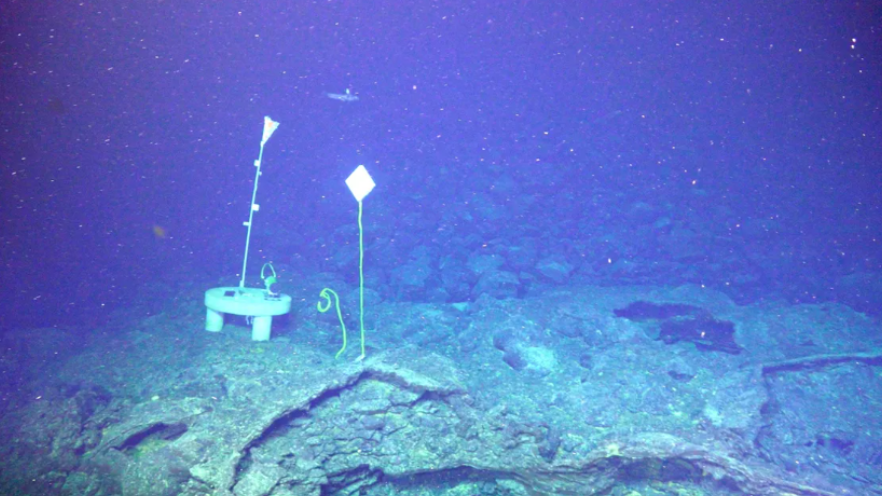
Could this extraordinary activity trigger new safety policies or breakthrough discoveries? Researchers are analyzing the data to uncover patterns or early warning signals for future unrest. Regardless, Rainier and its sister peaks will remain a priority for both science and public readiness.
Prepared For Disaster?
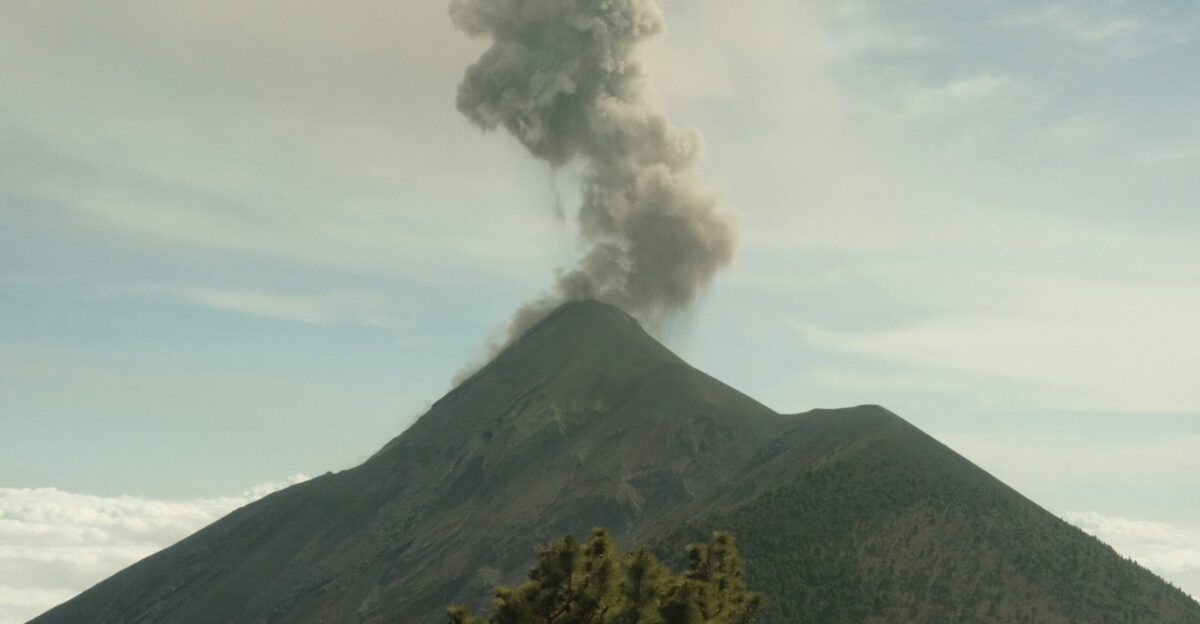
Lawmakers from Washington, Oregon, and Alaska pressed federal agencies for more funding to maintain and upgrade volcano monitoring systems.
Disaster readiness bills, stalled for years, gained bipartisan momentum. “Preparedness is our obligation to these communities,” said Senator Maria Cantwell (D-WA).
International Interest
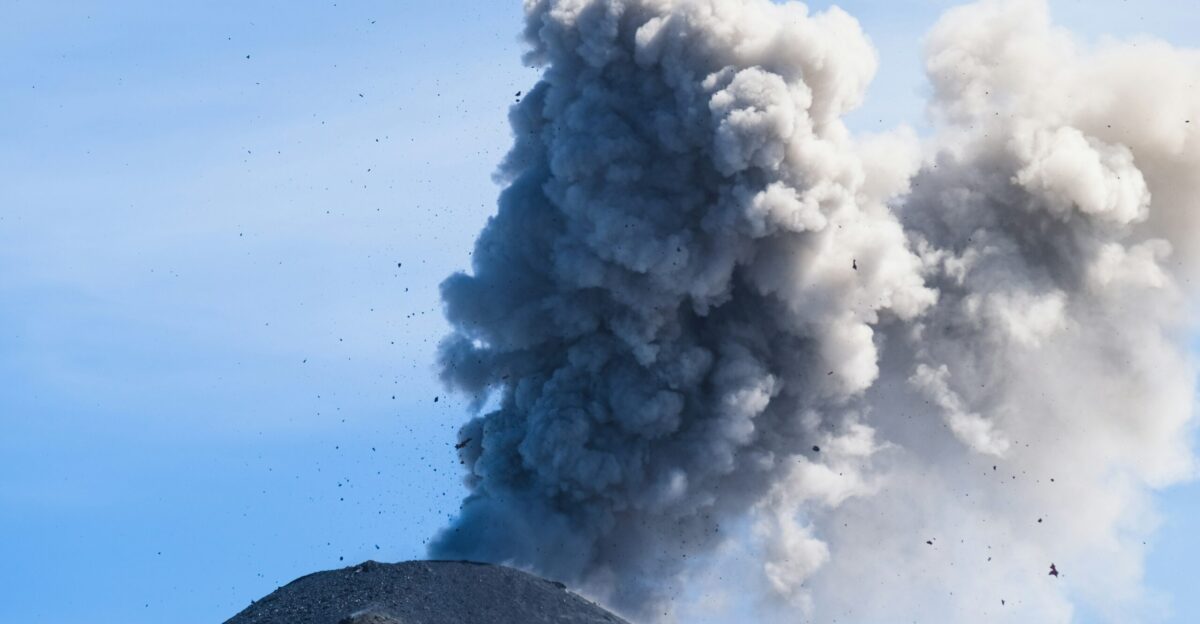
The USGS and its global partners, including agencies from Japan and Chile, exchanged real-time seismic data and technical support.
“International cooperation is vital—these events don’t stop at borders,” said Dr. Chadwick. Shared expertise is expected to strengthen future disaster responses worldwide.
Environmental Repercussions
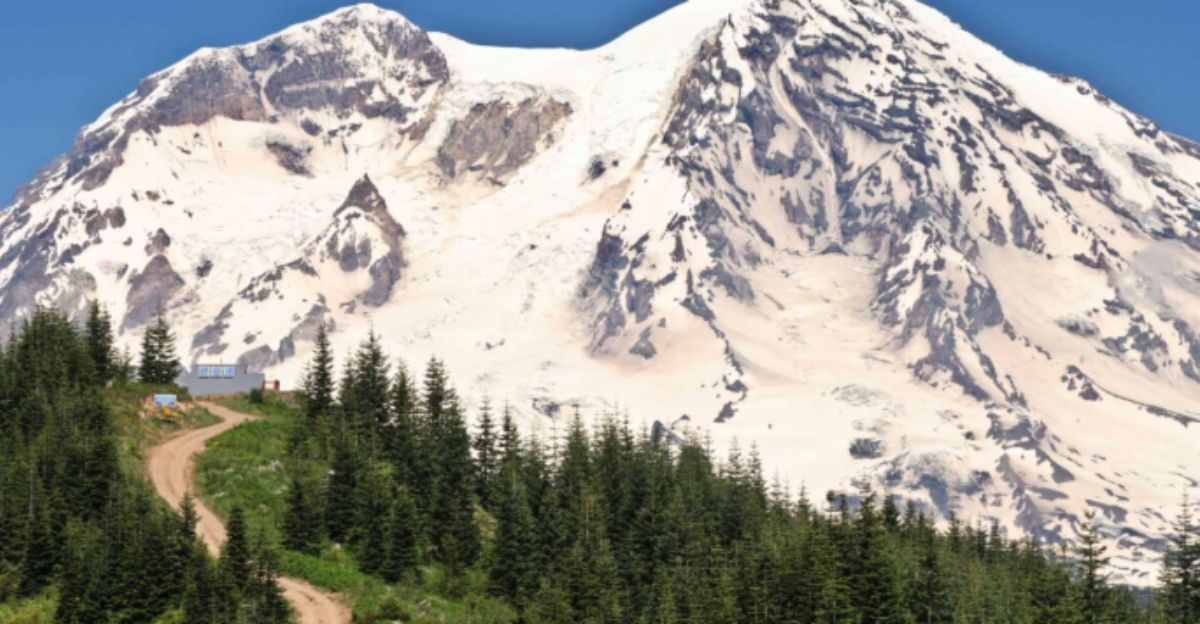
Scientists warn the unusual seismic swarms might alter local hydrology, shifting groundwater flows or thawing glacier margins around Rainier.
Environmental groups urge more study of how these changes might affect rivers and wildlife. Even absent eruptions, the ecosystem could feel lasting effects from all this shaking.
Public Curiosity
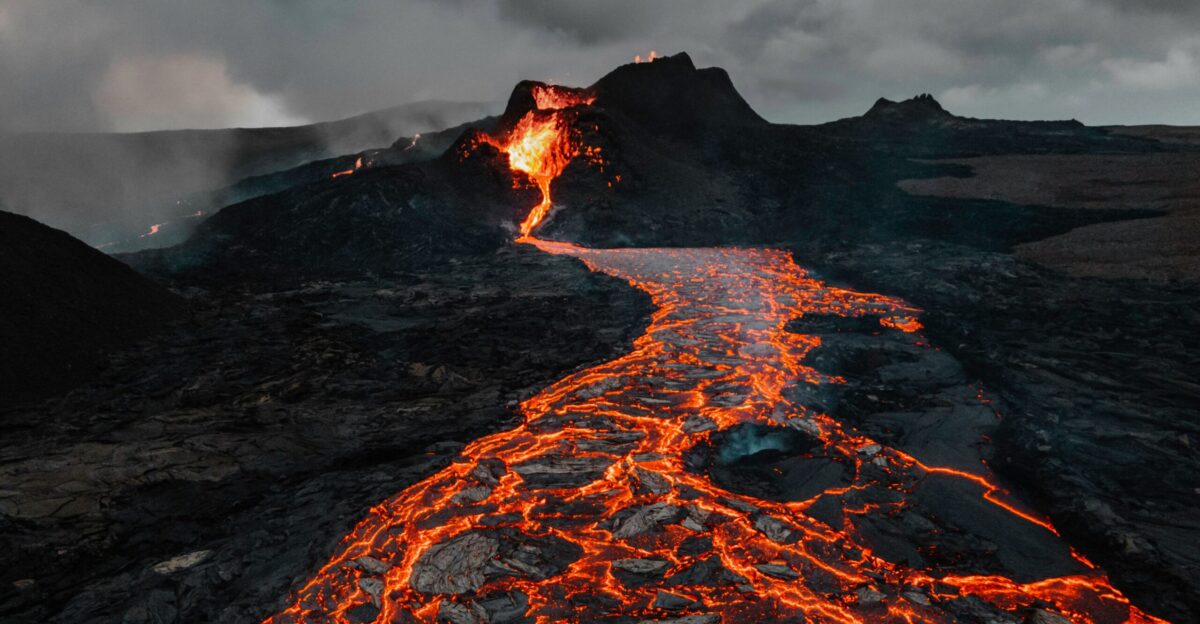
The summer’s events have inspired a wave of public curiosity and creative storytelling—documentaries, podcasts, and local workshops on volcano science.
“We’re reminded how living near volcanoes shapes our history and imagination,” says folklorist Andre Kim. Education and resilience are now core regional values.
Lasting Significance
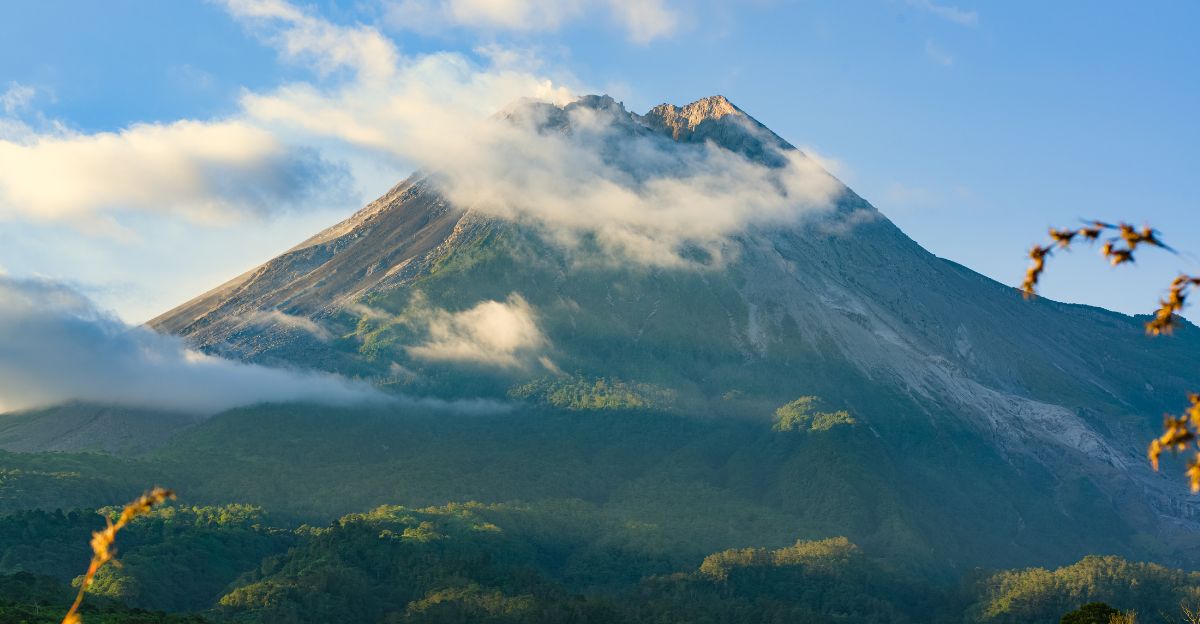
The July 2025 earthquake swarm at Mount Rainier stands as a wakeup call: America’s iconic peaks are restless, and science must keep pace.
As Iezzi reflects, “This is why we monitor—so we can be ready, whatever comes.” The story closes with a call for sustained investment and respect for geological unpredictability.